Comparing Japanese A5 Wagyu and American Wagyu Beef
JAPANESE A5 WAGYU BEEF - WHAT IS IT?

Japanese A5 Wagyu steak is the most exclusive and coveted beef in the world. Steak lovers praise wagyu for its consistency, stringent husbandry, abundant marbling, fat content, and tenderness.
Wagyu beef is surprisingly low in saturated fats. Its marbling consists of mostly non-saturated fats. This explains why wagyu beef tallow - the fat - is solid at room temperature.
Popular cuts include Japanese A5 Wagyu Strip, A5 Wagyu Porterhouse, Wagyu Ribeye, Wagyu Tenderloin, Wagyu Chuck Roll and even Wagyu Brisket.
What makes Wagyu explicitly wagyu is where its from, what breed it comes from, and how its raised. Japan takes the quality control of its wagyu very seriously. The Japanese National Livestock Breeding Center records and tracks every cow from birth.
WHERE DOES WAGYU BEEF COME FROM?
The region or prefecture where the animal comes from plays a major role in its designation. Here are a few of the top regions.
MIYAZAKI WAGYU
Born and raised on Kyushu Island in the Miyazaki prefecture, ranchers carefully tend these cattle. They eat a precise diet of wheat, rice, corn, and barley.
This results in a sweet, rich umami flavor and snowflake marbling. It has earned Miyazaki beef the Prime Minister’s Award for Excellence three consecutive times. Miyazaki won 1st place in the Wagyu Olympics twice.
Mr. Steak features Miyazaki A5 Wagyu in both Boneless Ribeye and New York Strip.
Mr. Steak Japanese A5 Miyazaki Wagyu
HOKKAIDO WAGYU
Hokkaido Wagyu is a type of Wagyu beef produced in Hokkaido, Japan's northernmost island. Hokkaido's pristine natural environment and local pride contribute to the region's high-quality beef production.
OLIVE WAGYU
Olive Wagyu comes from the Kagawa Prefecture on Shodoshima Island. The cows eat a unique diet that includes toasted and dried olive pulp.
MOTOBU GYU WAGYU
Motobu Gyu comes from the town of Motobu in the Okinawa Prefecture. Produced from Japanese Black cattle, the beef undergoes controlled and careful management.
IWATE WAGYU
Iwate Wagyu comes from the Iwate Prefecture of Japan. The region's grasslands, clean water sources, and natural environment contribute to the high quality of the beef.
KOBE BEEF VS. WAGYU BEEF
One question people often ask Mr. Steak is about Kobe beef. It's important to understand that while all Kobe beef is Wagyu, not all Wagyu is Kobe beef.
Kobe beef must meet specific criteria. The cattle must be purebred Tajima-gyu and raised in the Hyogo Prefecture, where Kobe is the capital city.
Steak lovers covet the extensive marbling in Kobe beef. Due to the limited supply and high demand, Kobe beef is quite expensive.
There are strict regulations on its export. However, you may find similar high-quality Wagyu beef produced in the United States. American Wagyu cattle offers exceptional marbling and flavor.
JAPANESE CATTLE BREEDS
Japanese cattle breeds include Japanese Black, Japanese Brown, Japanese Shorthorn, and Japanese Polled. Japanese Black cattle is the most popular Japanese beef breed in Japan and makes up 90% of all Japanese Wagyu.
JAPANESE WAGYU GRADING
The Japanese Meat Grading Association grades Japanese Wagyu Beef.
Wagyu Beef grading is based on two factors: Yield and Grade. Yield means the ratio of meat compared to the entire cow's weight. Grade meaning the overall Beef Marbling Score of 1-12 (BMS), Beef Color Standard (BCS), Beef Fat Standard (BFS), and Firmness & Texture. A5 Japanese Wagyu receives a Grade A for yield and a Grade 5 in BMS, BFS, BCS, firmness and texture.
WHAT IS AMERICAN WAGYU BEEF?
American Wagyu refers to beef crossbred between Japanese Wagyu and American cattle, like Black Angus or Hereford.
American ranchers raise it in a similar manner as Japanese ranchers. They focus on quality of care, proper nutrition, and controlled environments. The crossbreeding captures the desirable traits of Japanese Wagyu, particularly the marbling and flavor.
The grading system and quality standards for American Wagyu cattle differs little from the one used in Japan.
AMERICAN WAGYU GRADING
American Wagyu follows the Japanese 12 point Wagyu grading scale. For reference, USDA Prime has a BMS of 4-5. Wagyu cattle averages BMS 4-6. Depending on genetics, nutrition, and age at the time of slaughter, it can reach BMS 11-12.
Mr. Steak's American Wagyu rates 8-9 on the Japanese BMS scale. This means it contains more marbling, tenderness and flavor than the majority of other American Wagyu.
Anything over 9 on the BMS scale is extremely rare, costly, and with diminishing returns.
Mr. Steak's American Wagyu Steak is natural and part of the "never-ever program." Our Wagyu cattle have never received antibiotics or hormones. They receive 100% vegetarian feed with no animal byproducts.
WHY IS WAGYU BEEF SO EXPENSIVE?
As Wagyuman explains, there are a few main reasons that raise the price of Japanese A5 wagyu steak.
These unique cattle breeds have very old genetic lineages. The limited land for cattle in Japan can't support the demand for their beef worldwide.
The flavor and texture of the beef results from their longer feeding time. The cattle eat for 600-700 days. That is five times longer than the average cattle in the US.
The farmers and ranchers who raise Wagyu cattle undergo a comprehensive certification program.
The US also has an import quota of 200,000 kg, with an import tax of 26% on Japanese Wagyu Beef.
These factors, along with shipping costs, increase the price of Wagyu beef. Mr. Steak recommends cost-conscious buyers try our American Wagyu, which is also incredible. It is a fraction of the cost.


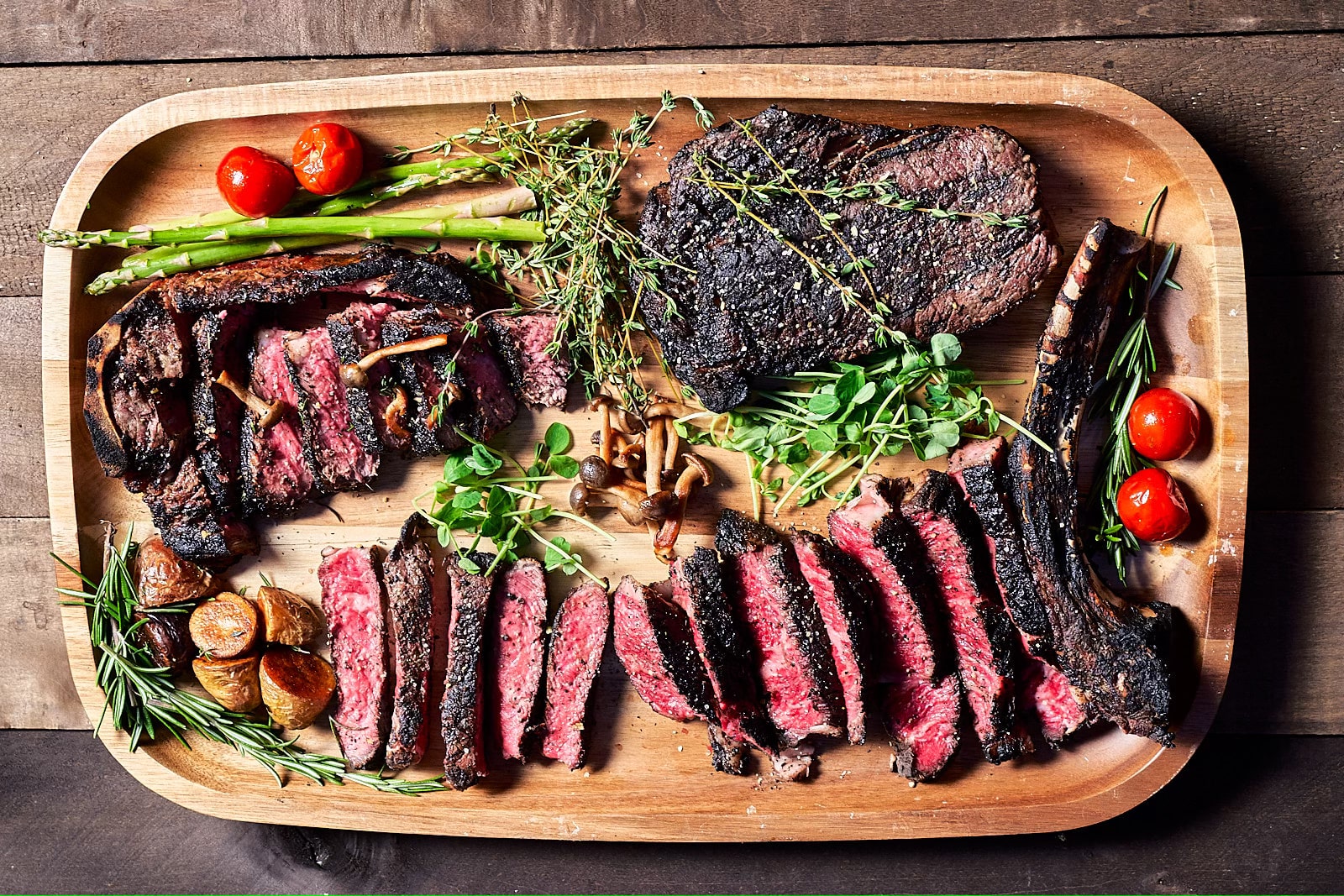
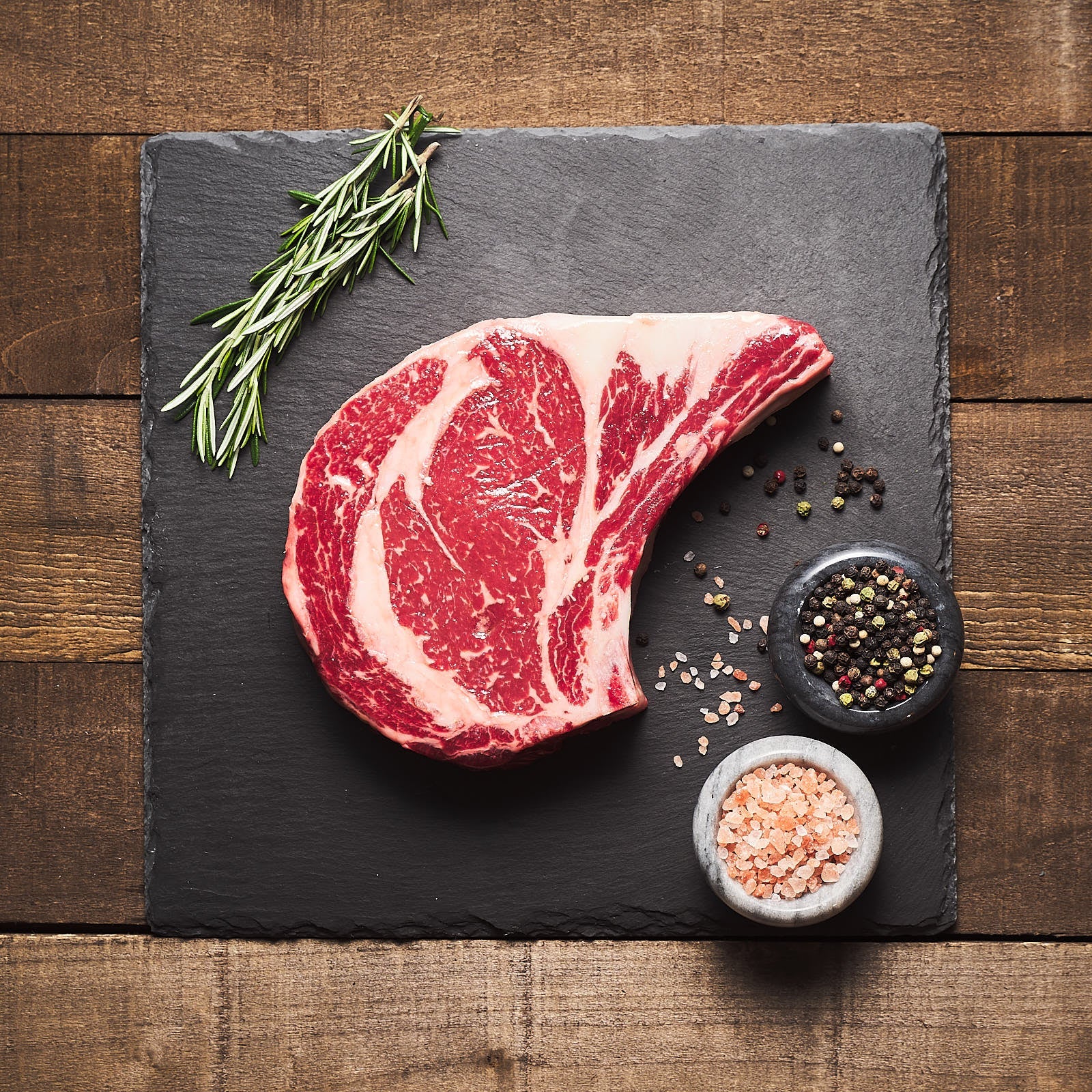
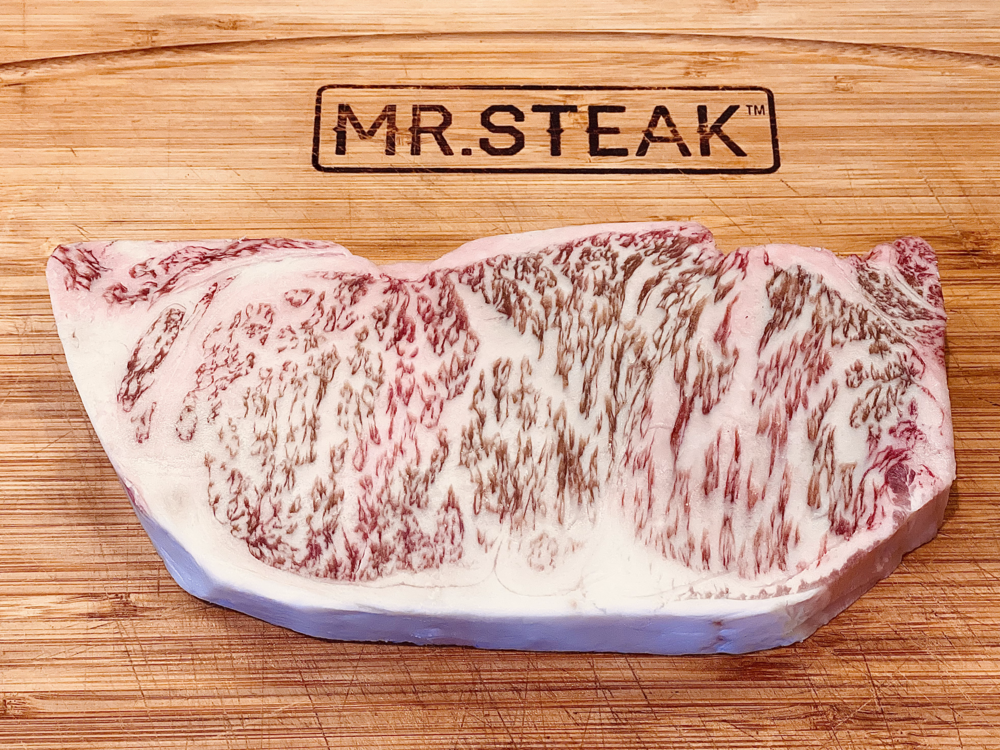
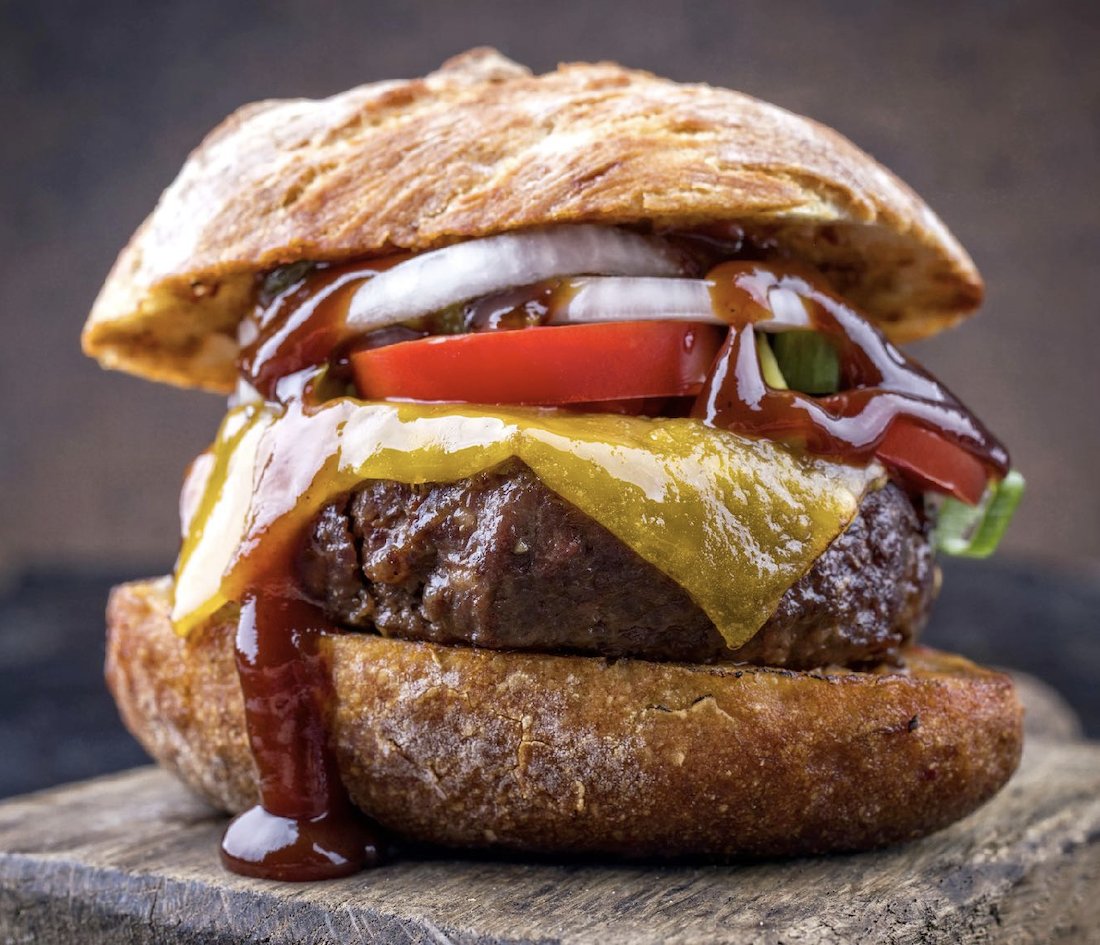

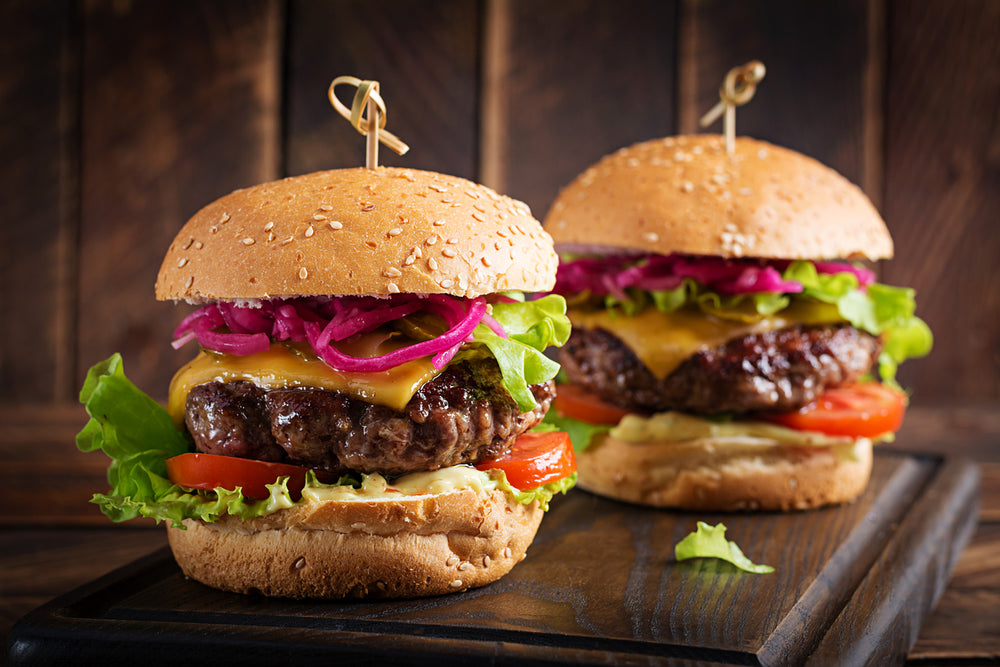


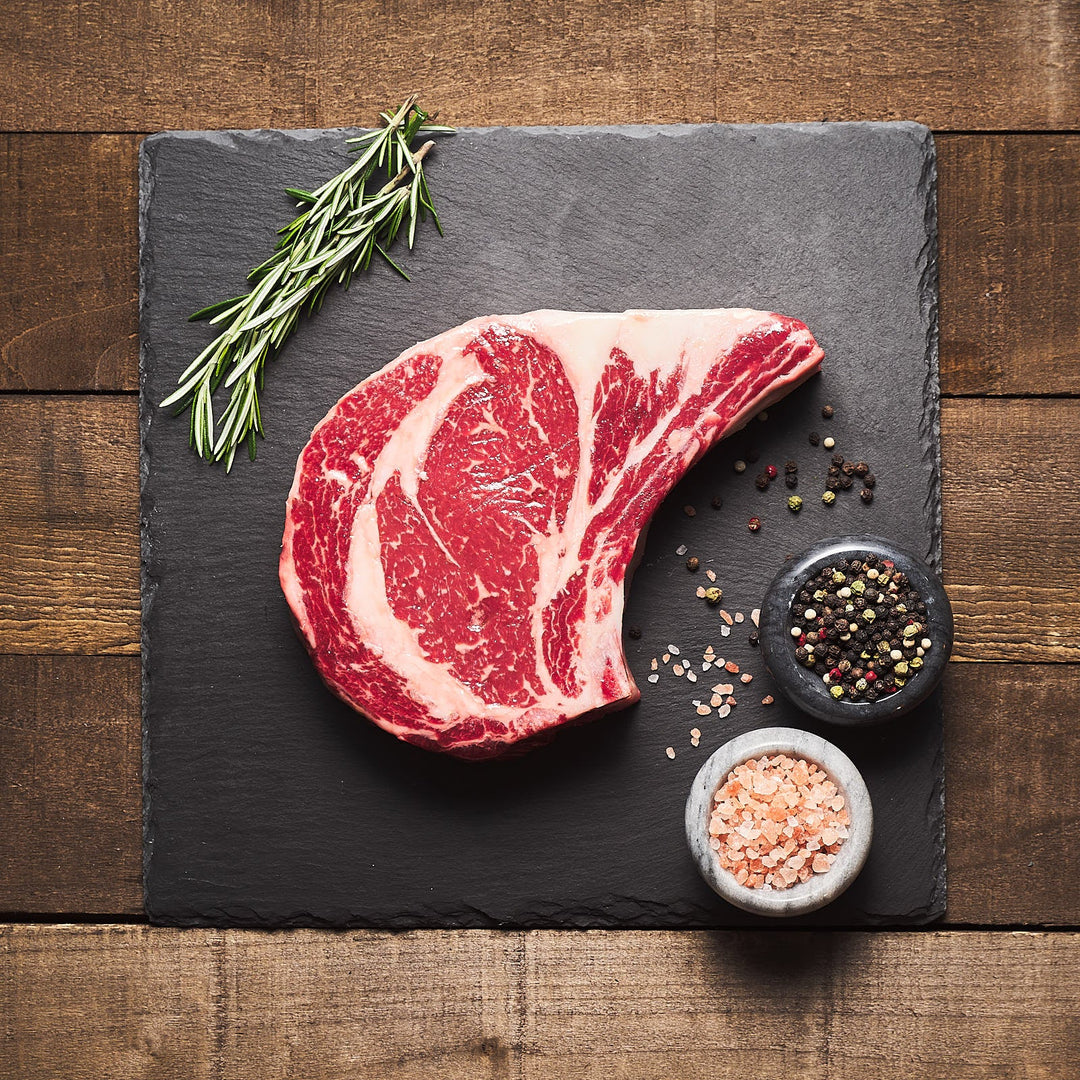
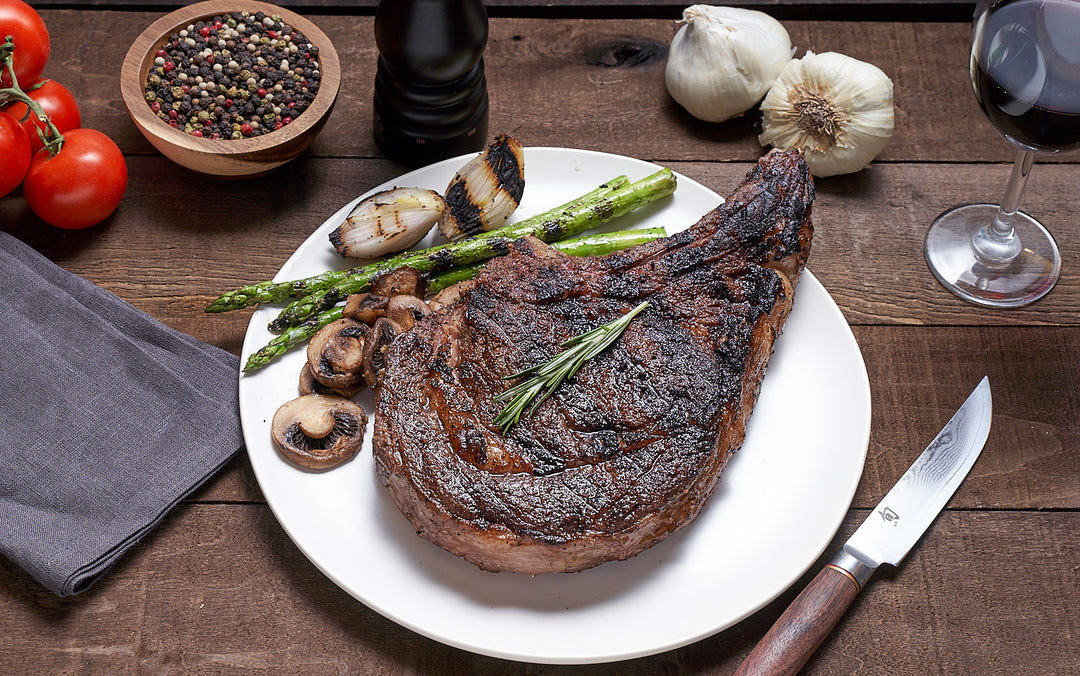
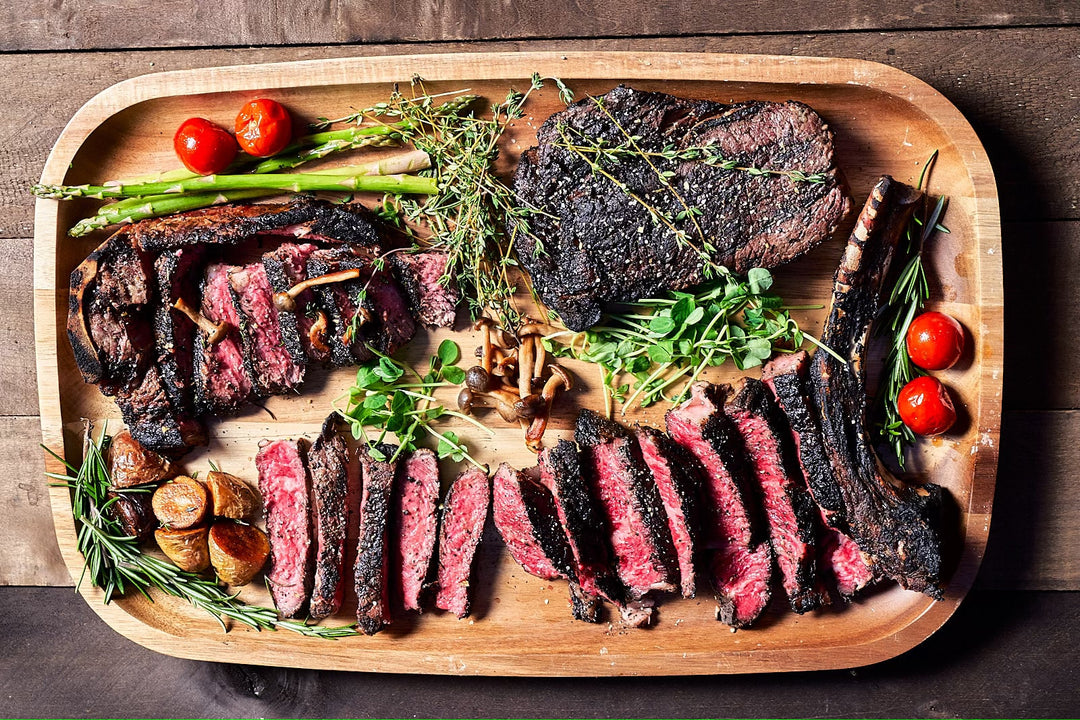
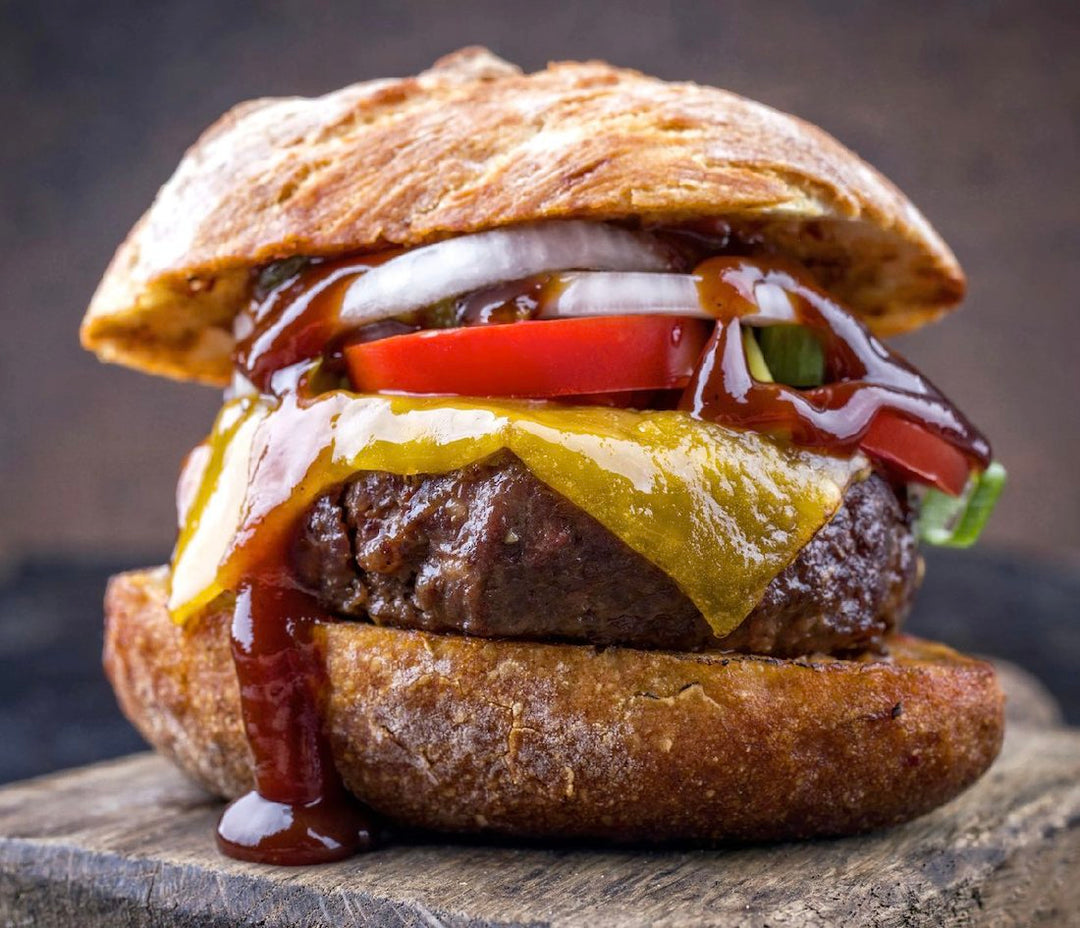


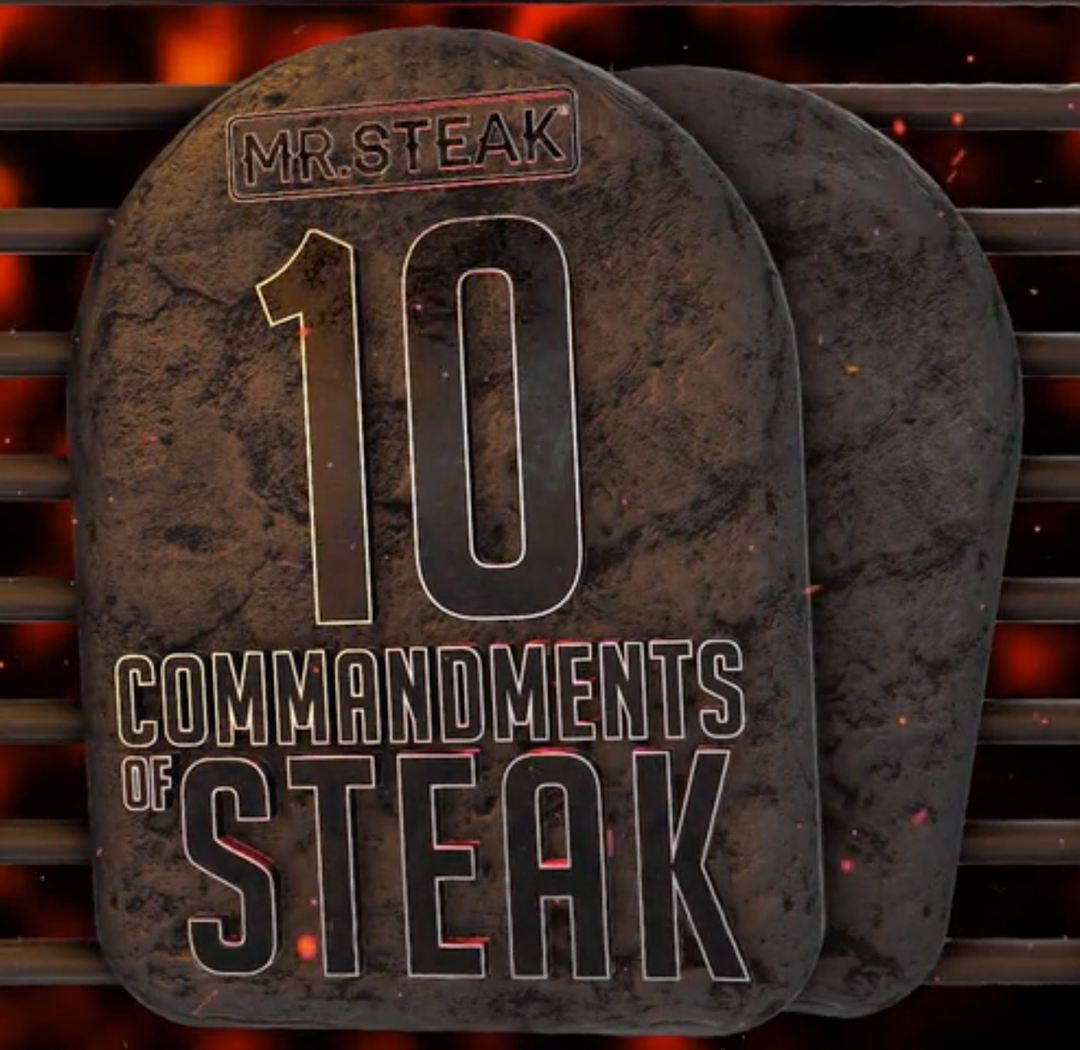
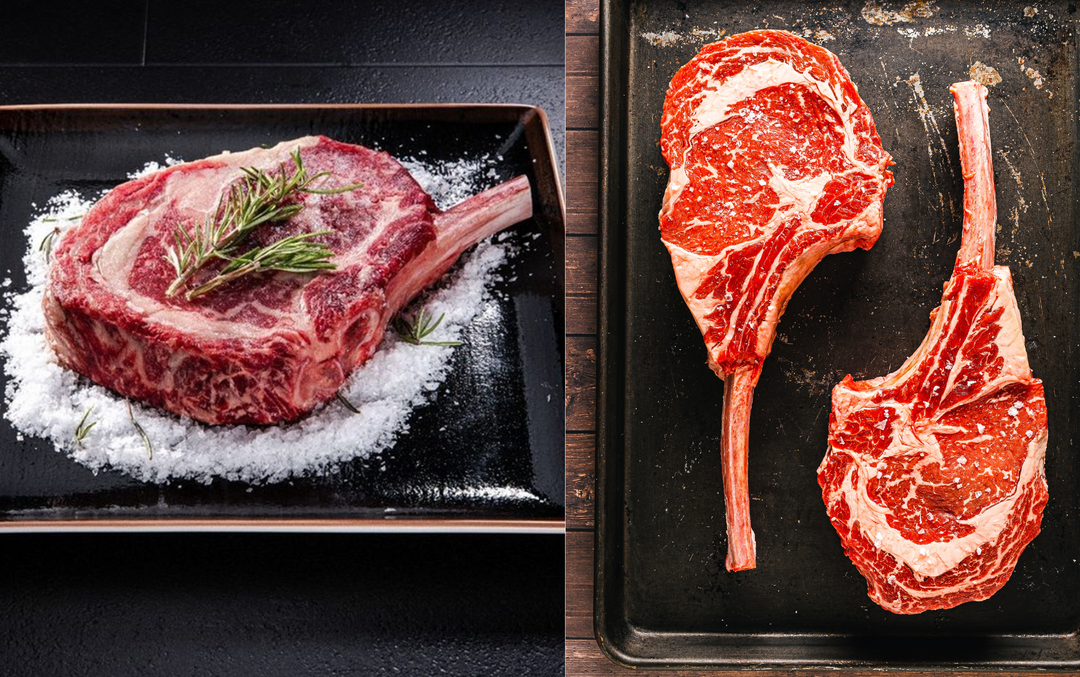
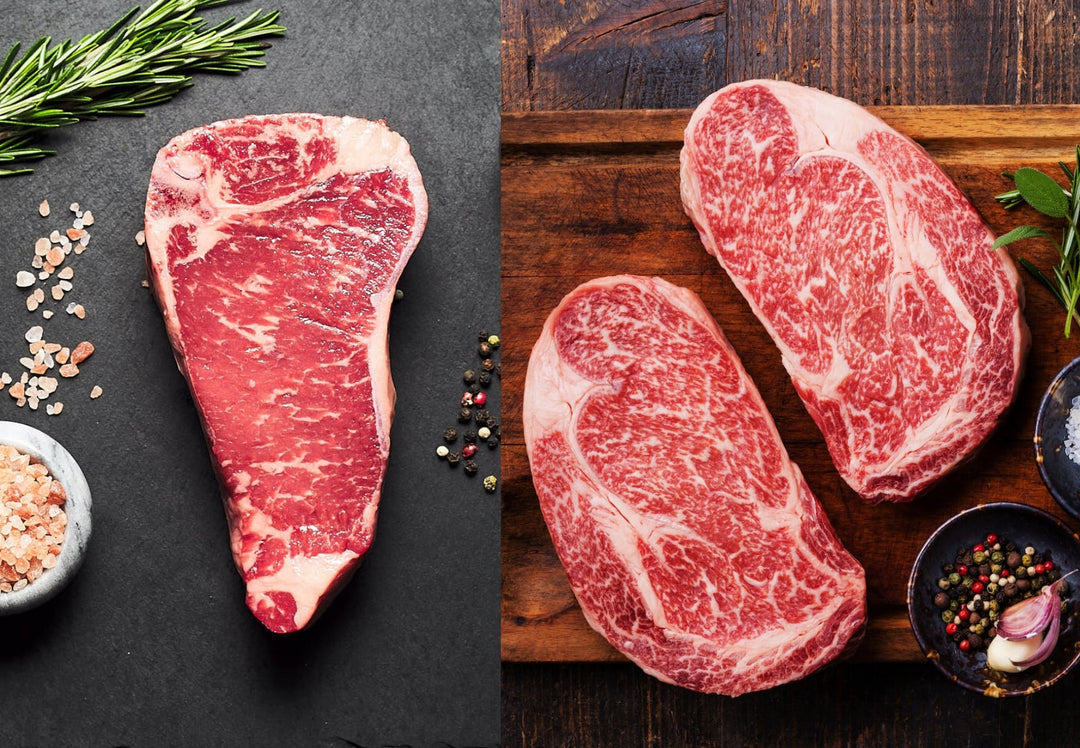
Leave a comment